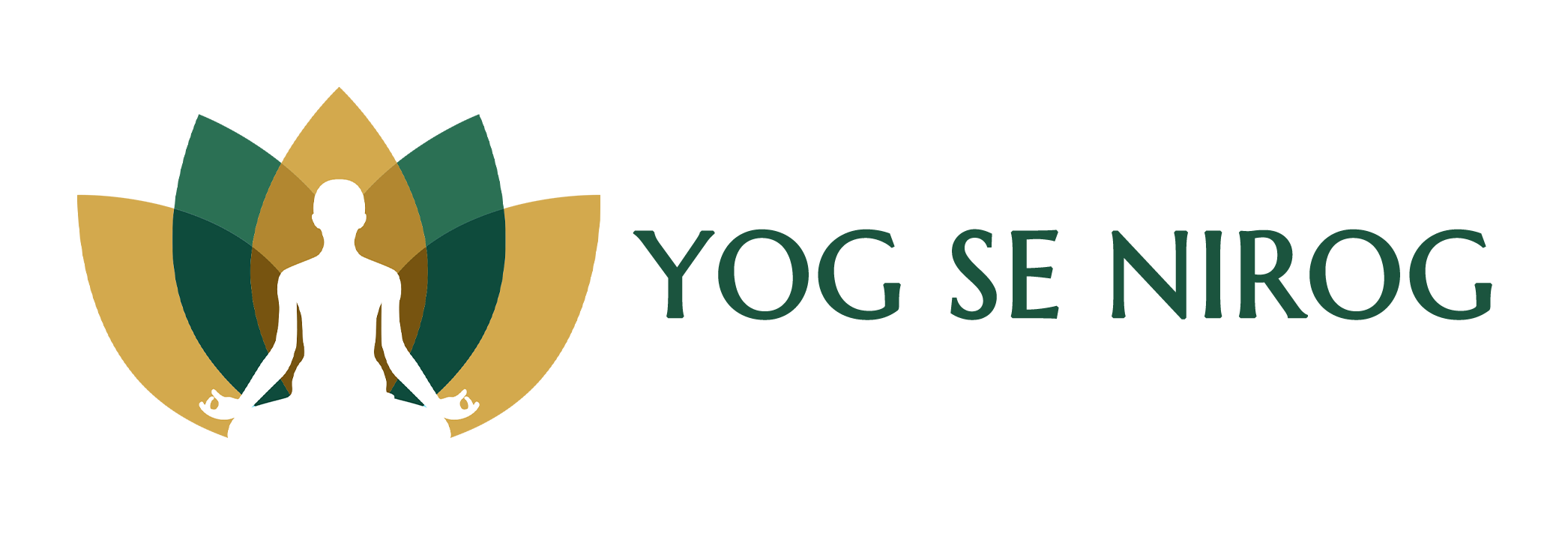Pregnancy is a beautiful and transformative experience, but it can also come with its challenges—especially when it comes to preparing for labor and delivery. One powerful way to prepare both your body and mind is through Prenatal Yoga. This gentle, yet effective practice not only strengthens and stretches the body but also promotes relaxation, enhances stamina, and reduces tension—key factors that play a crucial role during childbirth.
In this blog, we’ll explore how prenatal yoga can significantly benefit expecting mothers as they prepare for labor and delivery. Whether you’re a seasoned yogi or just beginning your yoga journey, prenatal yoga offers a wealth of benefits for both you and your baby.
1. Increases Stamina and Endurance
Labor can be physically demanding, often requiring mothers to endure long hours of contractions and pushing. Just as athletes prepare their bodies for a physical challenge, prenatal yoga helps expecting mothers build stamina and endurance to better cope with the physical demands of childbirth.
By engaging in regular prenatal yoga sessions, you’ll work on improving your overall physical strength and cardiovascular health. Certain yoga poses focus on building the core and leg muscles, which are essential for the pushing phase of labor. Through these exercises, you’ll not only enhance your strength but also improve your stamina, allowing you to conserve energy during labor and handle its intensity better.
2. Promotes Deep Relaxation and Reduces Anxiety
Labor and delivery can be an overwhelming experience, often accompanied by anxiety or fear. Prenatal yoga includes relaxation techniques that are particularly effective in managing stress and calming the nervous system. The practice emphasizes deep breathing (pranayama), mindfulness, and meditation, which help reduce anxiety and increase mental clarity.
Breathing exercises like Ujjayi breath and Dirgha pranayama (three-part breathing) are commonly used in prenatal yoga to create a calm and centered state. These techniques can significantly reduce feelings of fear or anxiety during labor, helping you focus on the process of childbirth rather than the stress surrounding it.
Additionally, these techniques can be especially helpful during contractions. Focusing on your breath during contractions helps you stay calm and in control, minimizing the discomfort associated with each wave.
3. Reduces Muscle Tension and Improves Flexibility
As pregnancy progresses, physical discomfort is common, especially in the hips, lower back, and pelvis. Prenatal yoga poses are specifically designed to relieve these discomforts by targeting areas of tension in the body. Regular practice helps loosen tight muscles and improve flexibility, making the body more adaptable to the demands of childbirth.
Yoga poses such as Child’s Pose, Cat-Cow, and Butterfly Pose are great for relieving tension in the lower back and hips, which can become tight during pregnancy. The increased flexibility and mobility gained through these poses can assist with finding comfortable positions during labor and may even help reduce the need for medical interventions.
4. Strengthens the Pelvic Floor Muscles
The pelvic floor muscles play an essential role during labor and delivery. These muscles support the uterus, bladder, and rectum, and are responsible for controlling the release of urine, gas, and stool. Strengthening these muscles through prenatal yoga can help improve control over these functions during labor and ease the delivery process.
Several yoga poses, such as Squats and Bridge Pose, are excellent for engaging and strengthening the pelvic floor muscles. By building strength in this area, you can support your baby’s descent during delivery and push with more power and efficiency.
In addition to strengthening these muscles, prenatal yoga also helps with relaxing and releasing tension in the pelvic floor, which can aid in smoother labor and delivery.
5. Encourages Optimal Fetal Positioning
Proper fetal positioning is vital for a smoother labor and delivery. Prenatal yoga helps encourage optimal positioning by opening up the pelvis, increasing space for the baby to settle in a favorable position. Certain poses, such as Modified Pigeon Pose and Wide-Legged Forward Fold, help create more room in the pelvic region and can encourage the baby to move into an ideal position for birth.
Additionally, the focus on body alignment and balance in prenatal yoga also helps maintain proper posture during pregnancy. This alignment allows your baby to move into the best position naturally, which can reduce complications during labor, such as breech positioning.
6. Teaches You to Listen to Your Body
One of the most valuable aspects of prenatal yoga is learning how to listen to your body. As your pregnancy progresses, your body’s needs will change. Prenatal yoga encourages mindful movement, helping you tune in to how your body feels each day. This awareness allows you to adjust your practice and prepare for the challenges of labor and delivery.
By developing a deeper connection to your body through yoga, you’ll be better equipped to handle the sensations of labor. You’ll become more attuned to what your body needs, whether it’s adjusting your position during contractions or using breathing techniques to stay calm. This connection can help you remain centered and confident throughout the process of giving birth.
7. Aids Postpartum Recovery
Prenatal yoga doesn’t just benefit you during labor—it also supports recovery after childbirth. The physical strength and flexibility gained during pregnancy will help you bounce back more quickly after delivery. Gentle postnatal yoga practices can assist with healing, improve circulation, and help restore your energy levels.
Prenatal yoga also encourages a holistic approach to health, which includes nutrition, hydration, and mental well-being. Maintaining this balanced lifestyle after childbirth will contribute to a faster and smoother recovery.
Conclusion
Prenatal yoga is much more than just a way to stay active during pregnancy. It’s a comprehensive practice that supports mental, emotional, and physical well-being, preparing you for a smoother labor and delivery. By increasing stamina, promoting relaxation, relieving muscle tension, and strengthening key areas of the body, prenatal yoga equips you with the tools necessary for a positive birthing experience.
Whether you’re expecting your first child or preparing for a subsequent birth, prenatal yoga can be a valuable addition to your pregnancy journey. Join Yog Se Nirog today and take the next step in preparing your mind and body for a beautiful and empowering birth experience.




